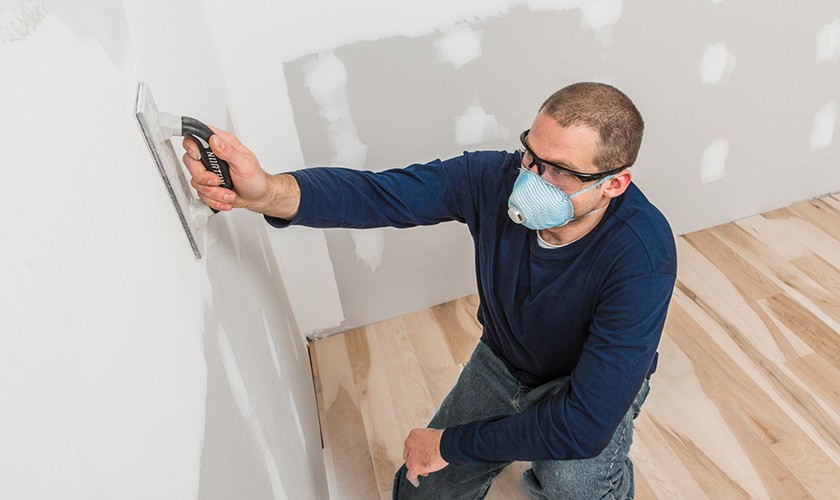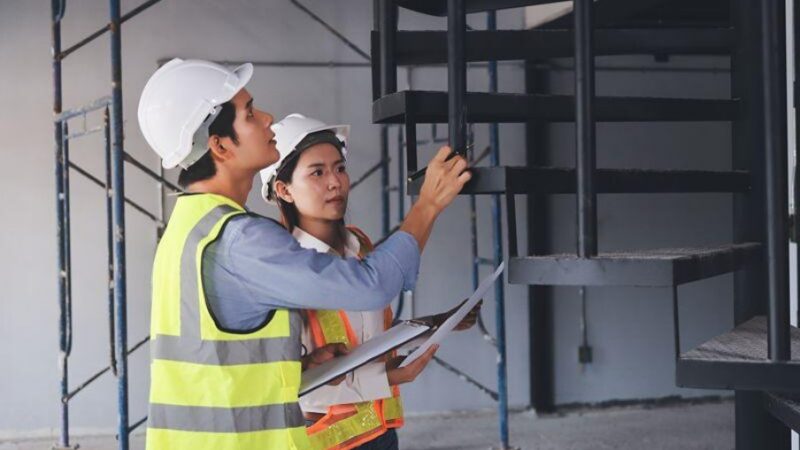What You Should Know About Working In Drywall Finishing

When you become a drywall finisher you get to contribute to not just new construction projects, but renovation projects as well. The drywall finishing process requires you to create walls that are smooth and even. You should make the walls looks clean and picture perfect. You’ll find yourself working not just in residential settings, but in commercial settings as well.
Who Is A Drywall Finisher?
There are three stages involved in drywall finishing before the final product can be installed on the walls, the building partitions, or the ceilings. Your work as a drywall finisher will include:
1. Mudding
When you’re a drywall finisher, you won’t need to cut and hang various drywall pieces. This part of the work is done by a drywall installer. What you’ll need to focus on is creating a smooth texture on the drywall, making it ready to be painted on. In order to do this, you’ll need to make use of hot mud.
Use the hot mud to fill in any gaps and joints that you find in the wall. If there are screws on the wall, then these should be covered as well. The final goal is to ensure that the finish is flat and that there are no aberrations.
2. Taping
Once you’ve lathered on the mud, it’s time to use tape to ensure that the seams on the drywall are covered. Use the tape to cover the seams that are between two sheets of drywall that are adjoined. You’ll meet to roll your mesh tape such that it’s over the mudding on the drywall. This will help the surface to appear smoother, and ensure that the joints are strengthened as well.
Note that it’s very important that you tape the corners properly. This helps ensure that the drywall pieces are properly secured to each other. After you’ve set the tape in place, you can wipe off any excess mud that might be present.
3. Coating
There is another step involved as well when it comes to drywall finishing. This is where you make use of topping compounds to coat the tape, once the mud has dried. How many coats you need to apply will depend on what kind of finish you have. Generally, you can choose between five levels. These five levels each come with their own degree of smoothness.
If you opt for a level one finish, then you’re most probably working on a functional area, like a garage. On the other hand, a level five finish requires you to apply at least four coats. However, the finish you’ll get is the most even of the various options available to you.
Consider investing in drywall contractor insurance as well. This is because working as a drywall contractor leaves you exposed to certain risk factors, such as being sued by a client. When you have drywall contractor insurance, you can protect your career as well as your finances, against common career risks. If you would like to learn more about drywall contractor insurance, then click here.
How Can You Become A Drywall Finisher?
You aren’t required to finish any kind of mandatory training to be a drywall finisher. You will need to get your high school diploma at the very least, or a GED equivalent. While you’re still in school, consider taking maths and shop classes to brush up on essential skills.
After you finish high school, you should consider pursuing an apprenticeship. Alternatively, you could also get yourself certified at a trade school. If you choose to do the apprenticeship program, then you’ll be working under a drywall finisher with far more experience, learning from them. Your position will be paid and you could eventually get permanently hired by the finisher you’re working under as well.
You can look for an apprenticeship program through unions or at construction companies. Alternatively, you could also choose to complete a two-year program at a trade school. While this isn’t mandatory, it will help you to climb the career ladder with time. Even if there isn’t a program specifically for drywall finishers, you could pursue learning in a related trade, to gain the necessary experience.
Conclusion
There are several ways that you can become a drywall finisher. You can either complete an apprenticeship, where you will be taught important tricks of the trade. Or you could attend trade school to get a degree in a related field. Ultimately, however, it’s your skills and network that will help you to find regular work as a drywall finisher.
Your job will mainly involve preparing the drywall for painting. This means that you’ll need to ensure that the drywall is smooth and even. This guide details how you can go about achieving this. Use this guide to learn all about who a drywall finisher is, as well as how you can become one.







